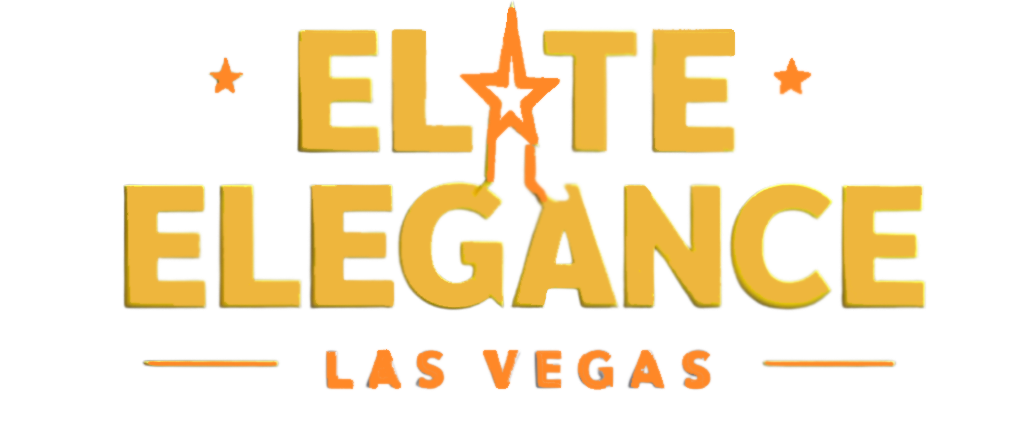Thursday, Jan. 30, 2025 | 5:52 p.m.
Though 2025 has brought some concerns for UNLV President Keith Whitfield, he can’t help but think of how far the university has come, and where he wants it to go in the next 25 years.
It’s a good thing he dreams in color and knows how to think big. The university’s growth — from its humble beginnings in 1957 to the what-ifs in 2050 — were the theme of his 2025 State of the University address this afternoon.
“We’re a young institution, but look at where we’ve come from, and look at where we are today … we’re a different place. We’ve grown, we’ve matured, we’ve expanded,” said Whitfield today at the annual State of the University address. “We live in a time that is extremely challenging … But we’ve got to think positively. We’ve got to think about the future of ourselves, of our state, of our city, of our country, but even more than anything else, of UNLV.”
The Judy Bayley Theater on UNLV’s main campus off South Maryland Parkway was filled with members of the university community, local and state leaders and other supporters who were eager to hear Whitfield’s outlook for the year.
Whitfield began his speech reminiscing. The university has come a long way, not just as a whole, but even in the five years he’s been leading the institution, he said.
UNLV has grown in size and population, with enrollment jumping by nearly 6% from 31,904 students in 2023 to 32,911 in fall 2024. Graduate student enrollment alone has risen by 10% from the previous year, Whitfield told the Sun after his address.
Whitfield is hoping that growth continues through 2030, when he aims to have 40,000 students enrolled at UNLV. He thinks UNLV is “definitely on track” to reach that number, and his administration has begun planning projects to prepare for the institution’s future expansion in everything from students to research opportunities.
Soon, the university’s main campus will see aging buildings remodeled — though he didn’t specify which yet — and new additions for classrooms or research laboratories squeezed into the space. He’s even thought about expanding the Student Union, or building a newer one on another part of campus.
One of the new projects Whitfield teased would be called the Freshman Tower Complex, a group of buildings with resources for first-year students to “make sure they get grounded.” It’s an effort Whitfield said was inspired by Rebel Ready Week, a program started two years ago that helps first-year undergraduate students prepare for the transition to college.
Whitfield did not confirm any other details of this project, but did reveal concept art to the crowd on Thursday.
On UNLV’s 2,085 acres of land in North Las Vegas, Whitfield wants to leverage public-private partnerships to develop the area, and eventually create what he called a “tiny home village.” This neighborhood of compact houses would ideally be available to graduate students as a more affordable housing option, Whitfield explained, and the university could establish transportation options between the main campus and village.
“Now, I have a lot of ideas. You should feel sorry for my cabinet, they hear all my crazy thoughts all the time, but it’s still just dreaming because we have such a great university to dream about,” Whitfield said.
In addition to expanding the campus’ physical footprint, Whitfield spoke about the educational opportunities they’re providing to students, such as a possible partnership between UNLV and one of the major film companies looking to place roots in Las Vegas — a collaboration teased last fall.
Another example of these new academic endeavors is “Dreamscape Learn at UNLV,” a 500 square-foot facility in the Lied Library that will allow students to learn in the virtual metaverse. Whitfield stressed that academic institutions should be adapting to the 21st century and a growing interest in the virtual world, and UNLV is rising to that challenge through Dreamscape.
He added that five faculty are currently developing content that students will soon be able to use once the space is complete.
Also in Whitfield’s vision for the future is more interdisciplinary research, especially in the fields of biomedicine, biomedical engineering and bio-behavior.
But Whitfield isn’t without his worries. The president did inherit UNLV during the height of the COVID-19 pandemic, and led it through “one of the darkest days, if not the darkest day of this university” — the Dec. 6, 2023, shooting.
In the year since the shooting that killed three professors and wounded another, who has since returned to teaching, Whitfield and his administration have made various upgrades to campus security that are still ongoing.
Many of the changes immediately following the shooting were limited to Frank and Estella Beam Hall, where the violence occurred.
Some now campus-wide additions in 2025 will include 50 extra security cameras across campus, license plate recognition software for security cameras, automatic lock buttons for the inside of some indoor learning spaces and upgraded wall-mounted telephones for enhanced emergency messaging.
A new federal administration bringing lots of unknowns also has him on edge, but Whitfield said it’ll be business as usual at UNLV. In the 10 days since taking office, the Trump administration has reshaped immigration and attempted to freeze federal grants, stoking fear in immigrant communities and causing chaos in sectors like higher education.
“I do have concerns because it’s kind of unknown; we don’t exactly know what’s going to happen,” Whitfield told the Sun after his address. “But my thought is that with every administration — maybe not as much as this one — there’s change that happens, and sometimes too, the change actually changes back later on. What we’re trying to do is to say, we’re not going to worry about it until there’s something to worry about, because if not, you could be chasing a whole bunch of things and you don’t get as much work done. So, we’ve stayed focused.”

